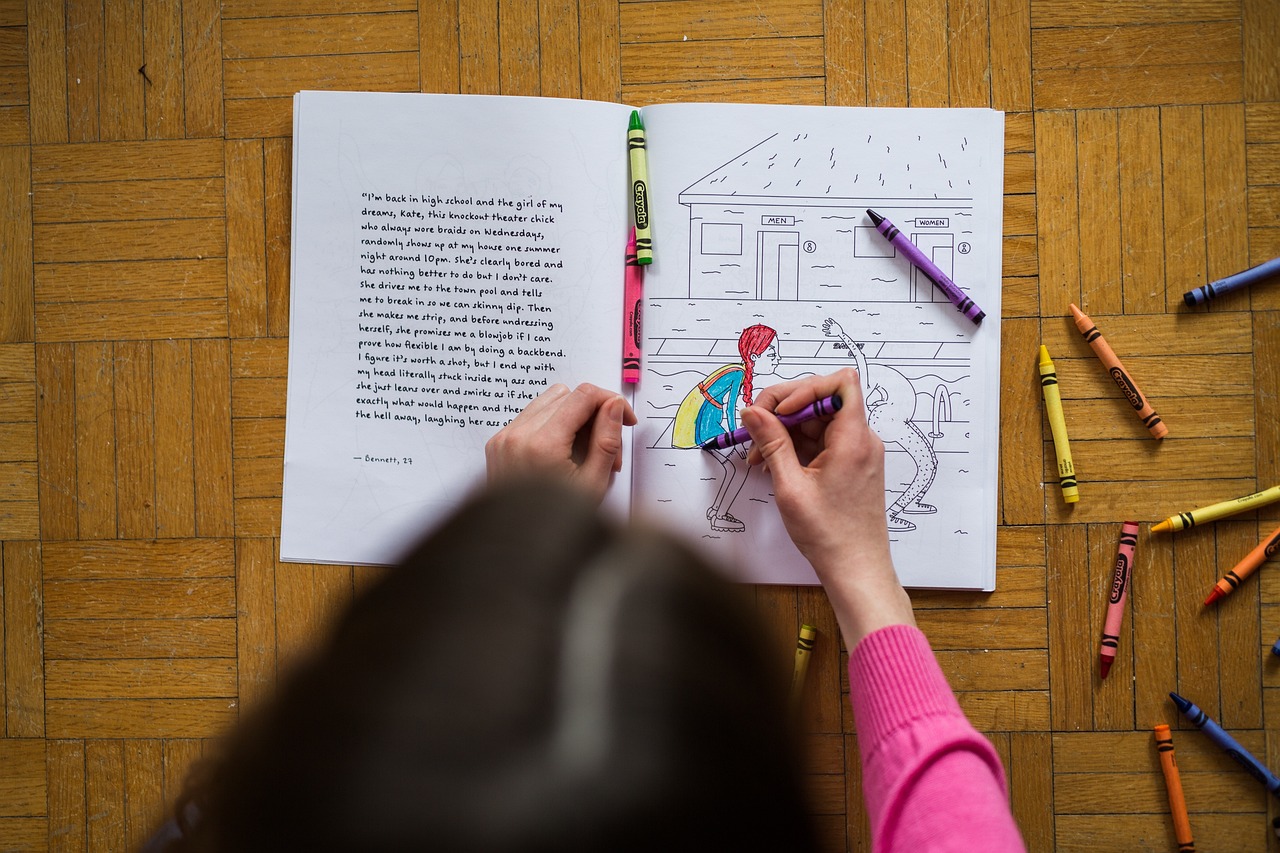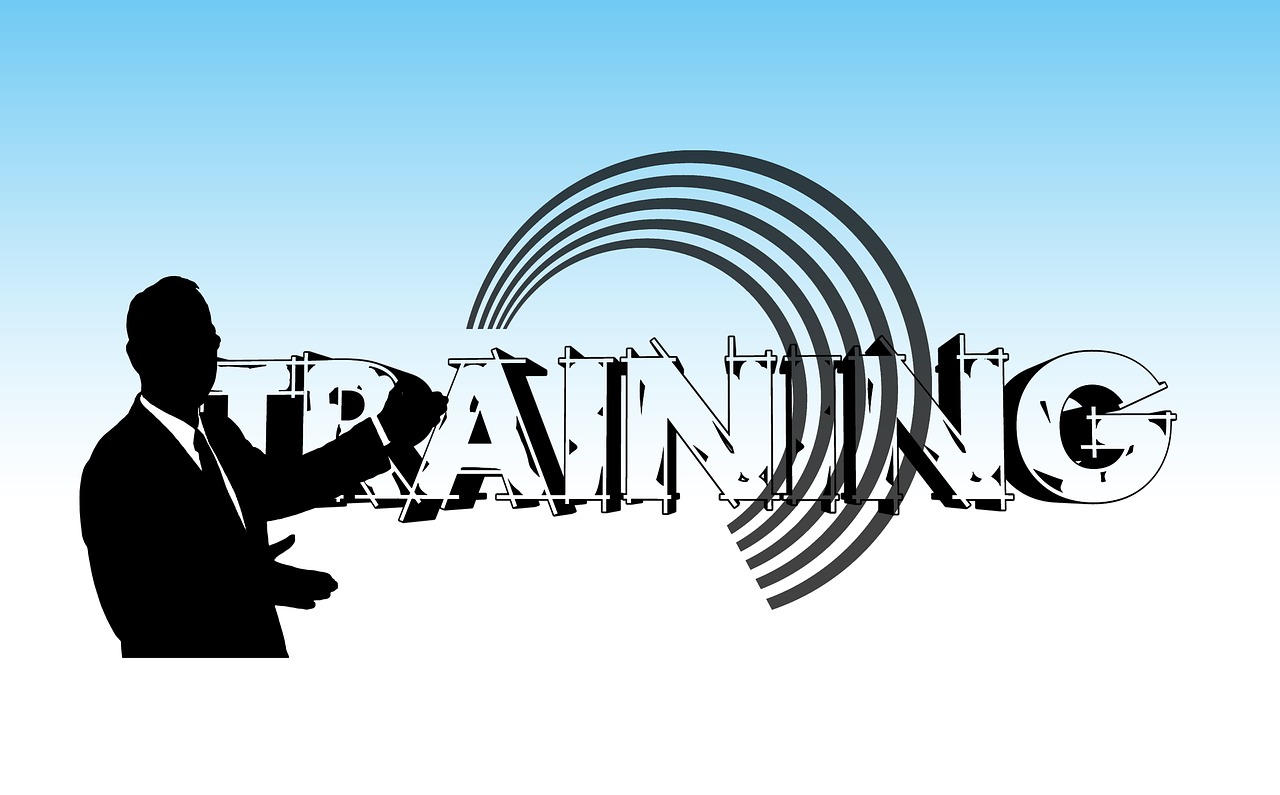签证健康证明检查哪些
Title: Developing a Fifth Grade Mental Health Curriculum: Resources and Lesson Plans
In fifth grade, it's crucial to introduce concepts related to mental health in a sensitive and ageappropriate manner. Here's a comprehensive guide to developing a mental health curriculum for fifth graders, including lesson plans and resources.
Understanding Mental Health in Fifth Grade
Objective:
To introduce students to the concept of mental health, emphasizing its importance and how to maintain good mental wellbeing.Lesson Plan:
1.
Introduction to Mental Health (1 class period)
Define mental health in simple terms.
Discuss why mental health is important for overall wellbeing.
Introduce the idea that everyone has mental health, just like physical health.
Use relatable examples to illustrate the importance of mental health.
2.
Exploring Emotions (2 class periods)
Teach students to identify and label different emotions.
Discuss common triggers for various emotions (e.g., anger, sadness, happiness).
Encourage open discussion about personal experiences with different emotions.
Introduce coping strategies for managing difficult emotions.
3.
Building Resilience (2 class periods)
Define resilience as the ability to bounce back from challenges.
Discuss the importance of resilience for mental health.
Teach students about the power of positive thinking and reframing negative situations.
Engage students in activities that promote resilience, such as roleplaying scenarios and brainstorming solutions to common problems.
4.
Stress Management (2 class periods)
Define stress and its impact on mental health.
Discuss common sources of stress for fifth graders (e.g., schoolwork, friendships).
Teach stress management techniques, such as deep breathing, mindfulness, and time management skills.
Encourage students to create personalized stress management plans.
Resources for Fifth Grade Mental Health Curriculum
1.
Websites:
KidsHealth.org:
Provides articles and videos on mental health topics tailored for kids.
PBS Kids:
Offers games and activities that teach emotional intelligence and coping skills.
Mindful Schools:
Offers mindfulness activities designed for children, including guided meditations and breathing exercises.2.
Books:
"The Invisible String" by Patrice Karst:
Teaches children about the invisible connections they share with loved ones, promoting a sense of security and support.
"What to Do When You Worry Too Much" by Dawn Huebner:
A workbook that teaches children practical strategies for managing anxiety.3.
Videos:
Sesame Street: "Big Bird's Big Feelings"
: Addresses emotions and coping strategies through beloved characters.
TedEd: "How to Cope with Anxiety"
: Provides a kidfriendly explanation of anxiety and coping techniques.4.
Activities:
Emotion Cards:
Create cards with different emotions and have students act them out or discuss times when they felt that way.
Gratitude Journal:
Have students keep a journal where they write down things they're grateful for each day to promote positive thinking.Conclusion
By implementing a comprehensive mental health curriculum, fifth graders can develop essential skills for understanding and managing their emotions, building resilience, and promoting overall wellbeing. Utilizing a variety of resources, including websites, books, videos, and activities, ensures that the curriculum is engaging and effective for students at this age level.











